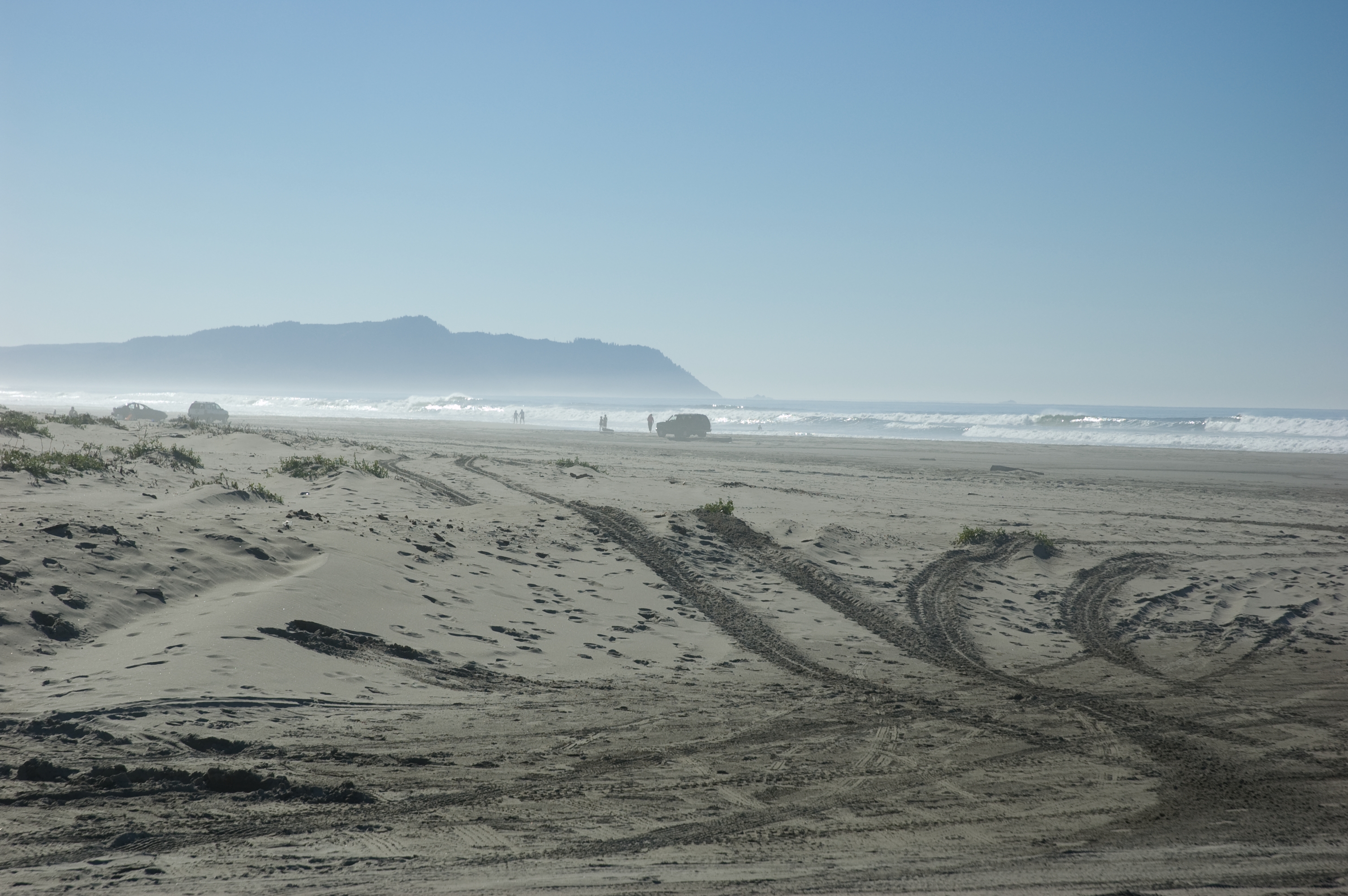Rainy Rambles: Seasons of salmon runs
Published 9:00 am Wednesday, November 16, 2022

- Spawning chum salmon.
Fall sees multiple species of native salmon returning to their home rivers to spawn. Chinook, coho and chum salmon are among those that may be seen swimming through the Columbia River, Willapa Bay and their tributaries.
While salmon also run in spring, summer and even winter, fall runs are the most numerous. All of these anadromous fish were born in the same freshwater they seek as adults, though they spend the bulk of their lives out in the Pacific Ocean. Unlike Atlantic salmon, though, local salmon die once they spawn, making this a singular opportunity to create the next generation.
Salmon have evolved over millions of years, and after climate cooling about 25 million years ago, it’s thought that ancestral salmonids began leaving freshwater lakes and rivers for the bounty of the ocean.
But the cold, clear streams and rivers were the perfect safe places for them to lay their eggs in beds of gravel, providing fewer risks than the wide expanse of open water. While some salmon only travel a short way up rivers and streams to spawn, some runs of salmon extend hundreds of miles, with fish seeking spawning grounds as far inland as eastern Idaho.
This life cycle is highly dependent on a careful balance of water availability and temperatures. For millions of years, streams fed by snowmelt and rain runoff have had quite cold temperatures, and riparian trees and other vegetation shading the water further keep it from warming up.
Salmon born into these cold waters spend their first several months there, though coho may wait until they are a year or two old before they journey to the ocean.
Migrating salmon fry often spend large amounts of time in estuaries like Willapa Bay before heading out to the ocean. Once ensconced in the Pacific, they continue a chilly lifestyle. As anyone who has waded in the surf on a hot summer day knows, even the shallow water can be cold year-round.
All of this adaptation to cold water means that salmon are quite sensitive to warming temperatures. Every living being has a certain temperature range within which they can live; too cold and they can die of hypothermia and too hot means they can die of heat stroke or other heat-related illnesses. Since salmon don’t have the benefit of air conditioning, they’re at the mercy of environmental temperatures.
North Coast summers have been increasingly hot and dry in recent years. Despite close proximity to the ocean, which typically keeps temperatures cooler, the region has had many days exceeding 90 degrees Fahrenheit.
Rainfall is also less predictable. Last year, the rain dried up early in the spring, and this year its return in the fall was delayed by weeks. All of these are the result of anthropogenic climate change.
Both increased heat and precipitation changes have dramatic negative effects on freshwater salmon habitats. Adult fish fighting their way upstream are more likely to overheat and die in warmer waters – assuming they’re even able to return to their actual spawning grounds.
As smaller, shallower streams dry up with greater frequency, some salmon are completely cut off from their spawning grounds and they die without ever having spawned. They’re naturally programmed to spawn in the exact site of their own birth, so they can’t just choose to spawn somewhere a little more convenient.
Those salmon eggs that hatch the following spring produce fry that are also at greater risk. They need to be able to weather summer heat in their natal streams and rivers, despite warming that causes their nurseries to overheat. Moreover, the destruction of trees and vegetation along riparian zones, whether due to logging, agriculture, development or wildfire, means they no longer have shady spots to hide in to stay cool.
If a section of the stream downriver ends up drying up, the fry may be cut off from their route to the ocean. Some can wait until the rain returns, but others die of heat, starvation, or predation in their isolated little pools.
It’s not just the heat that’s the problem, though. Earlier snowmelt and more torrential spring rains mean that rivers and streams are seeing stronger, faster flows earlier in the year. Not only can this wash away entire redds (nests) full of unhatched salmon eggs, but young fry can be swept away from safe places and either killed by the force of the flow itself, or find themselves washed into less hospitable places with less food and shelter, or more predators.
They aren’t out of danger if they make it to the ocean, though. The Earth’s oceans have been absorbing massive amounts of extra heat due to climate change; while they are capable of being natural heat sinks, they can and are being overloaded. It only takes the average temperature of the ocean rising a few degrees to put cold-dependent fish like salmon at serious risk.
So what can we do to help our native salmon? I’ll discuss that in my next column.









